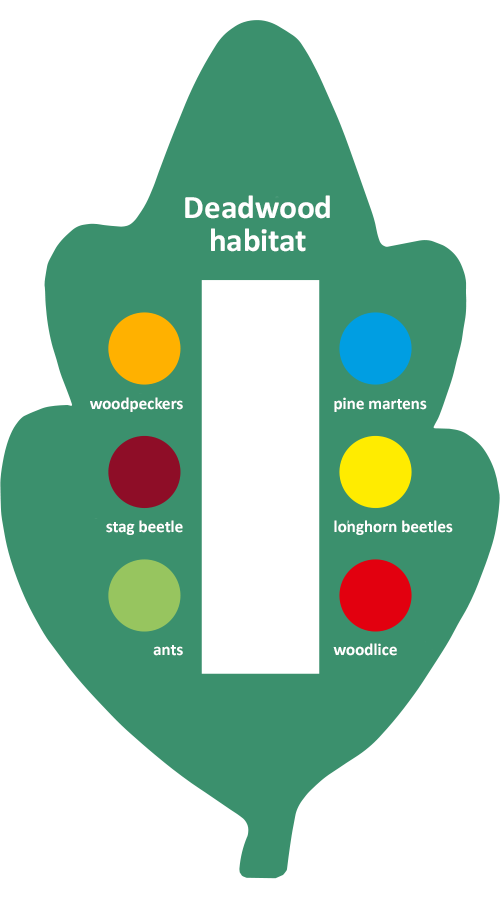Deadwood habitat
This page is only available for mobile

Becoming, growing, and decaying
Deadwood habitat - a wealth of species in the forest
Deadwood is full of life
Deadwood is of great importance in the forest. Many living beings depend on it and would otherwise find neither food nor living space. The rotting of a tree takes up to 50 years. Depending on the degree of decomposition, different species settle in the deadwood. In the end, all material is broken down into its component parts and returns to the natural material cycle.
Deadwood is an important enrichment for biodiversity of the forest ecosystem. At all stages, it serves as a habitat for many specialized species. Hence, dead standing trees are just as important as those lying on the ground.
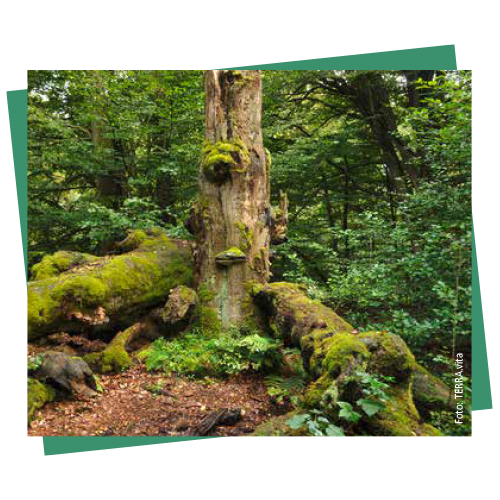
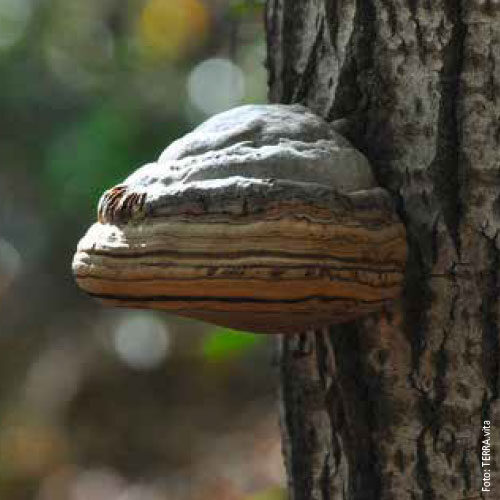
Wood consists to a large extent of the wood pulp lignin, which makes it stable and resistant. Only fungi and microorganisms are able to break down lignin. The wood becomes soft and spongy. Tree fungi like this tinder fungus can live up to 30 years. This shows how long the decomposition process takes.
We live in and from dead trees.
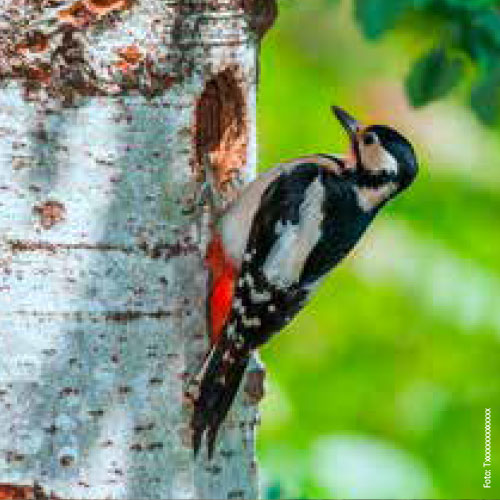
Woodpeckers find plenty of insects as food in rotten trunks.
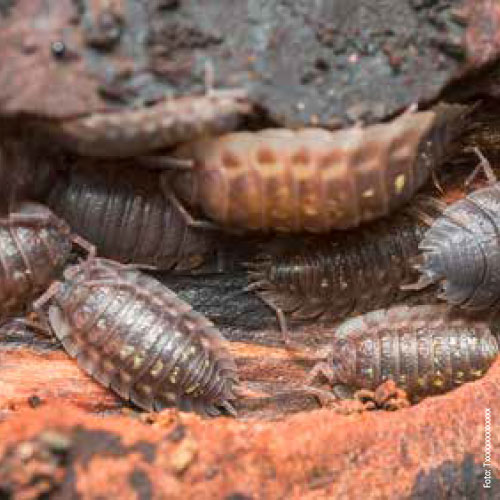
Woodlice and spiders are at home under the loose, usually moist bark.
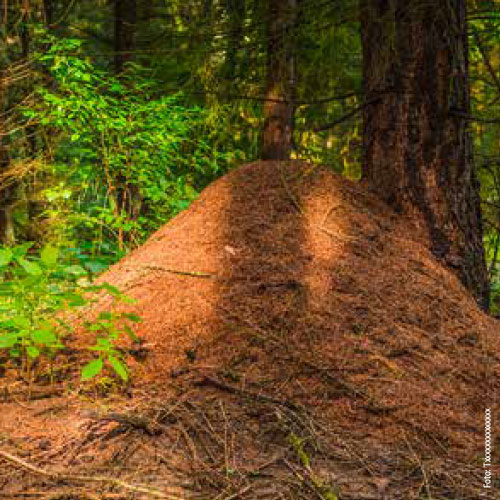
Some species of ants create their labyrinths in rotten trunks.
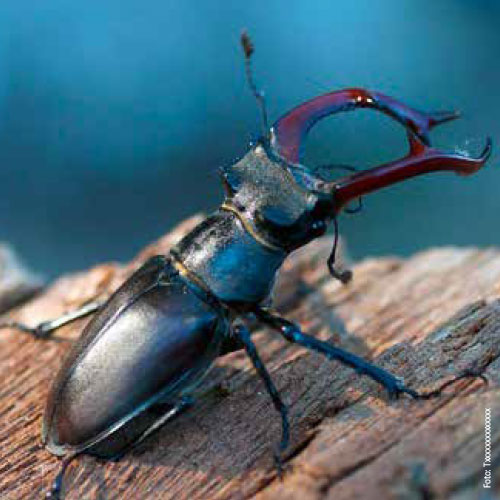
The larvae of stag beetle develop for several years in decaying oak.
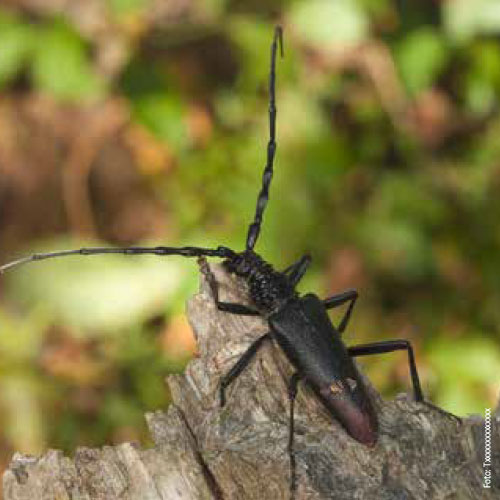
Longhorn beetles and their larvae create feeding channels under the bark and in the wood.
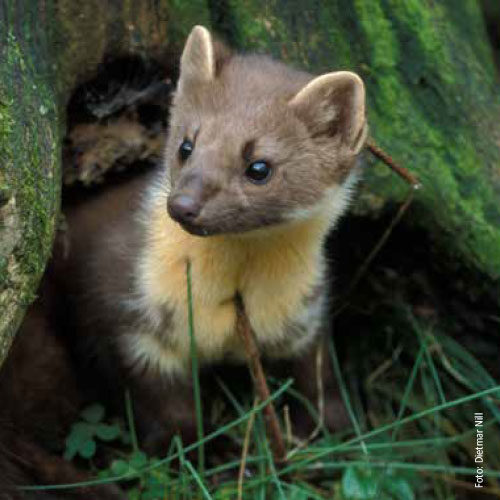
Pine martens prefer tree hollows as sleeping and living spaces.

Dead trees are very valuable for the forest. They are still full of life. There are many possible hiding places and food. Many mushrooms ensure that the wood decomposes and can be eaten by smaller and smaller animals. At some point all of the material has been consumed, but it has not disappeared. It has only changed into something else; it is still in the animals that have eaten it and in the living plants of the forest.
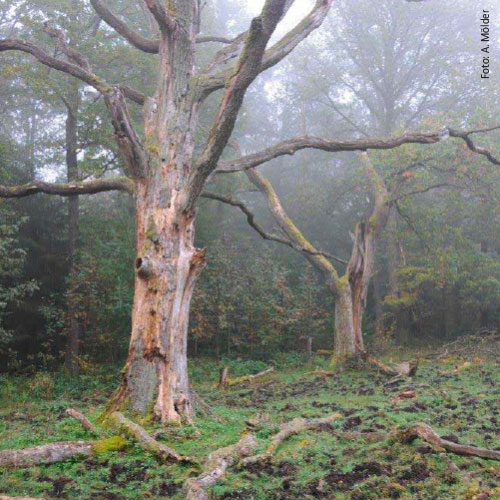
Dying trees can be recognized by the fact that they lose their leaves. When they are dead, they gradually lose their bark, grow ever more rotten, and eventually collapse. However, this can take many years.
